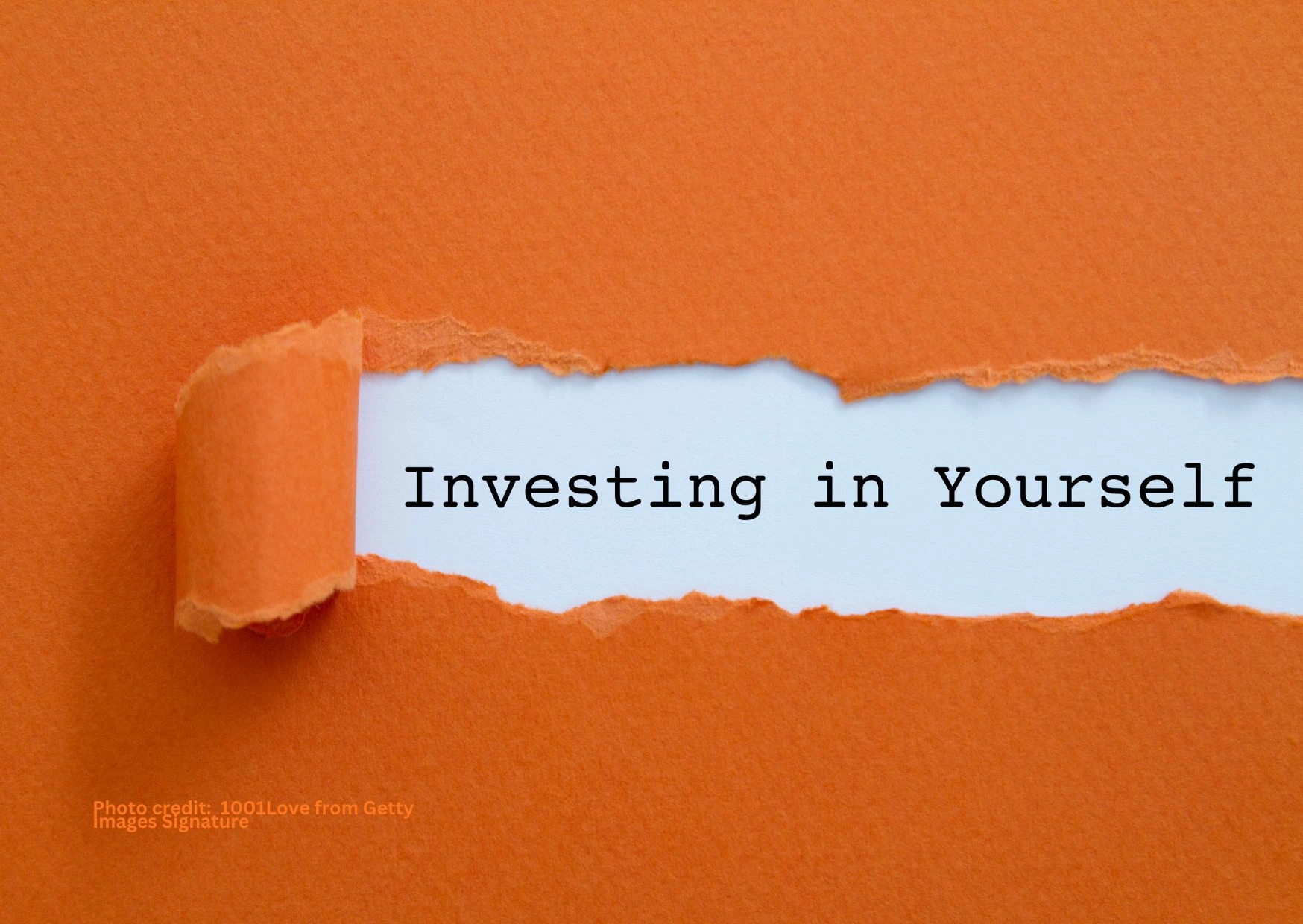The Lean Startup and customer discovery methods are radical and different.
If entrepreneurial students ‘get it’, the concepts and methods will save them tons of time and money for the rest of their life!
But, sometimes a budding entrepreneur knows ‘just enough’ to be dangerous and they will end up worse off than when they started!
How do these critical mistakes happen?
Typically, failure happens in 3 ways
- The entrepreneur LOVES their solution – The typical starting point is a business idea and the entrepreneur wants to start developing the product. The biggest risk is customer risk. This is a common situation where the business founder loves a certain technology (like 3D printing) and their business model becomes a solution in search of a problem.
- The entrepreneur is misled to believe that the customer segment is the entire world’s population – This can be a natural instinct of entrepreneurs due to growing up in a viral age and surrounded by multi-billion dollar global corporations like Walmart, Amazon and Google.
- The entrepreneur doesn’t bother to determine true pass/fail criteria before running validation experiments. If entrepreneurs aren’t scientific and objective in the validation experiments, they will end up conducting customer interviews by saying things like, “You like our idea, don’t you Mr. Potential Customer?” – and then they scientifically record this as a pass!
It can appear that entrepreneurs are doing a great job of the customer discovery process while making these three big mistakes – but only if you don’t know any better.
They are ‘getting out of the building’! They are talking to customers! They are gaining valuable business insights!
But they are doing it wrong
Technically the three examples above are experiential learning, but more so learning how entrepreneurs can fool themselves into thinking they’ve validated their poor business idea and it is loved by most of the world.
Related article – Business Startup Advice – Consider the Source
The correct way for entrepreneurs to learn:
- The correct first step is to determine what problem their business idea actually solves and determine if it’s a problem anyone cares about AND is willing to pay for.
- The second step to startup success is for the entrepreneur to define their customer segment as narrowly as possible. Their customers should only people that match exactly the problem the business idea solves.
- Entrepreneurs need to define a clear pass/fail criteria before they run their experiments. Since the best experiment to start with is the problem interview, entrepreneurs need to define what percentage of the interviewee have the problem and must have a solution.
Related article – The Customer Development Process
These three steps are critical to get the education of potential startup entrepreneurs to learn the right way to begin their business.
Some say the definition of startup success is having enough resources left to work on your second business idea!
Have you observed these mistakes being made by teachers and mentors to startup entrepreneurs? We’d appreciate hearing about your experiences, please leave a comment below.


